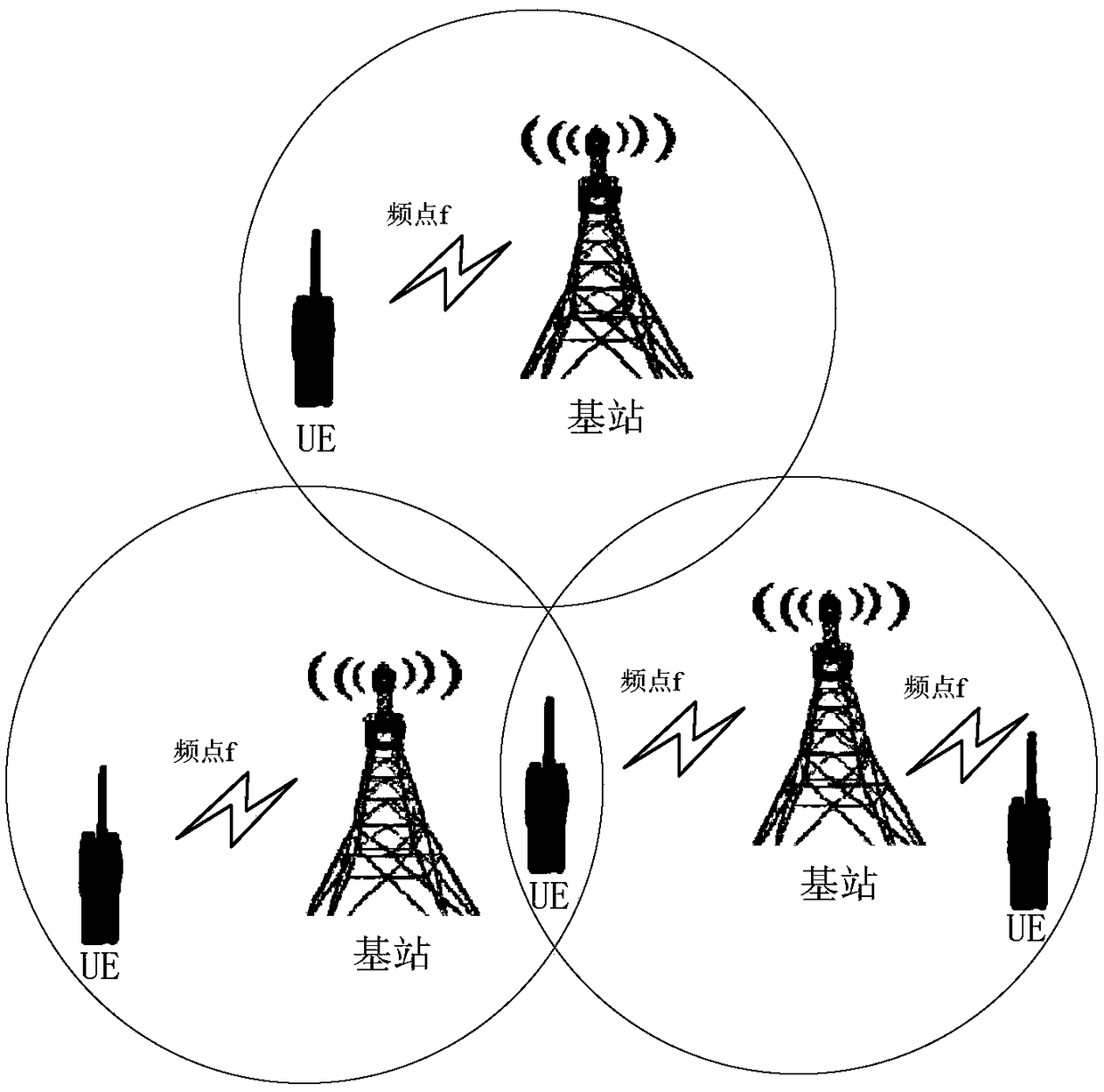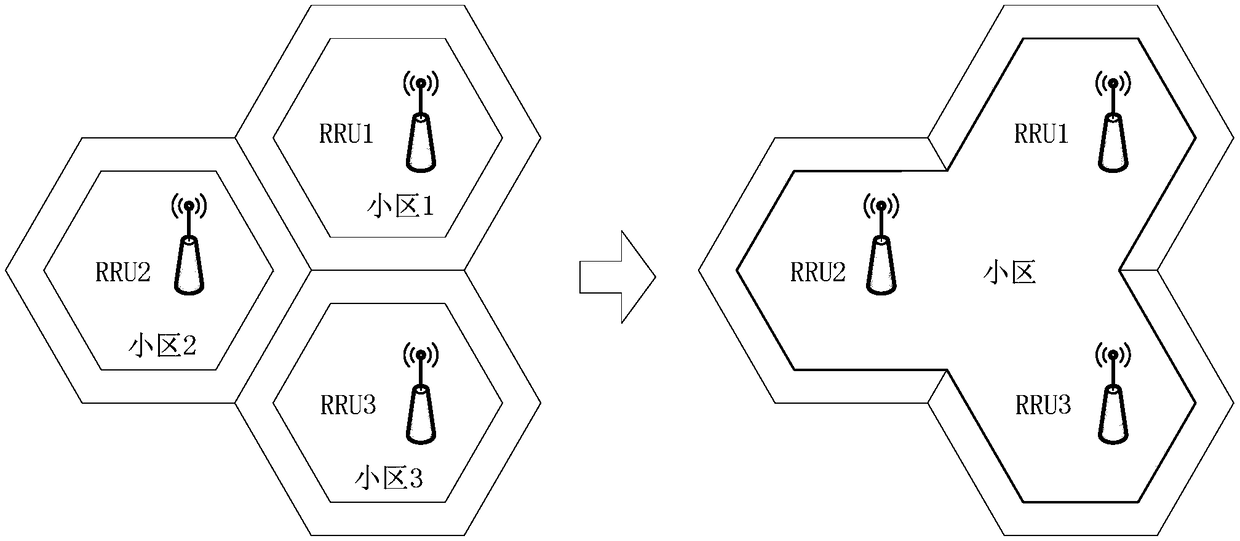Simulcast-like base station and system of PDT system
A broadcast base station and baseband processing technology, applied in the field of simulcast-like base stations and systems, can solve the problems of difficult PDT simulcast networking, involving system or terminal update frequency, and inability to automatically switch, so as to reduce costs and solve frequency problems. The effect of resource constraints and solving signal coverage problems
- Summary
- Abstract
- Description
- Claims
- Application Information
AI Technical Summary
Problems solved by technology
Method used
Image
Examples
Embodiment Construction
[0032] In order to make the purpose, technical solution and advantages of the present invention more clear, the present invention will be further described in detail below with reference to the accompanying drawings and examples.
[0033] An embodiment of the present invention provides a quasi-simulcast base station of a PDT system, including a BBU (Base Band Unit, baseband processing unit) and an RRU (Radio Remote Unit, radio remote unit). Wherein, the number of RRU is at least one. At least one RRU is connected to the BBU. Wherein, at least one RRU adopts a form of SFN (Single Frequency-Group Network, single frequency group network) to perform signal coverage. Wherein, the downlink data of the simulcast-like base station of the PDT system is replicated and sent synchronously within the signal coverage of all RRUs, and the uplink data of the simulcast-like base station of the PDT system is selected to receive data among at least one RRU.
[0034] In a specific embodiment, t...
PUM
 Login to View More
Login to View More Abstract
Description
Claims
Application Information
 Login to View More
Login to View More - R&D Engineer
- R&D Manager
- IP Professional
- Industry Leading Data Capabilities
- Powerful AI technology
- Patent DNA Extraction
Browse by: Latest US Patents, China's latest patents, Technical Efficacy Thesaurus, Application Domain, Technology Topic, Popular Technical Reports.
© 2024 PatSnap. All rights reserved.Legal|Privacy policy|Modern Slavery Act Transparency Statement|Sitemap|About US| Contact US: help@patsnap.com










